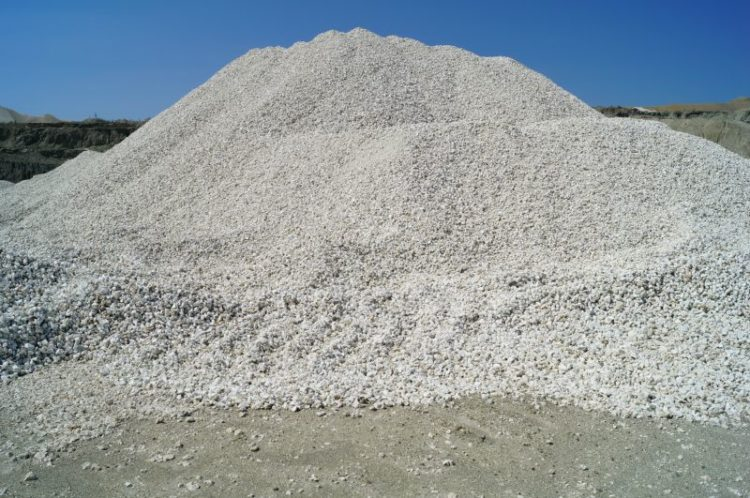China’s aluminium production in October surged 6% from the previous year, reaching a new monthly record. The country, known as the world’s top aluminium producer, produced 3.62 million metric tons, slightly surpassing the earlier record of 3.6 million tons set in August. Despite a slight drop in daily output, the overall production figures marked a significant increase.
Key Factors Driving Production Growth
The record-breaking production is attributed to several key factors, including enhanced profitability and steady domestic demand, especially from the new energy sector. The profit margin for producing aluminium was at 3,000 yuan ($411.57) per ton, three times higher than a year earlier, as reported by CITIC Futures. Reduced power costs for this energy-intensive metal, along with firm market demand, have substantially boosted profits.
Increased production activities were noted in provinces like Sichuan and Inner Mongolia, with the latter adding new capacities towards the end of October. Smelters in Yunnan province operated at full capacity for a longer duration compared to the previous year, delaying production cuts usually imposed during the dry season.
Annual Production and Market Outlook
From January to October, China’s total output of primary aluminium amounted to 34.46 million tons, representing a 3.7% increase compared to the same period last year. According to Macquarie, the forecast for the full-year output is estimated at 41.4 million tons, a 3% rise from the previous year. The demand for aluminium in China is also projected to grow by 4.6% this year. Additionally, the overall output of non-ferrous metals in October stood at 6.5 million tons, an 8.2% year-on-year increase, with the total output from January to October reaching 61.58 million tons, up 7% from last year.






